
Cellulite is a skin change that appears on the surface and affects most post-adolescent females. Medically, this condition is known as adiposis edematosa, dermopanniculosis deformans, status protrusus cutis, and gynoid lipodystrophy. Cellulite mostly occurs on the pelvic region, lower limbs and abdomen, and appears like skin dimpling.
Pockets of fat trapped beneath the skin cause this irregular and patchy dimpling. Because of its characteristic appearance, cellulite is also known as the “orange peel skin”. It is estimated that approximately 90 percent of all post-adolescent women develop cellulite at some point in their life. Interesting enough, cellulite is hardly ever seen in men.
What causes cellulite?
Cellulite forms as a result of herniation of subcutaneous fat within fibrous connective tissue. Literally, fatty deposits below the skin are trapped into pockets, and squeezed into small lumps, giving the skin this characteristic appearance.
The exact causes of cellulite are not yet fully understood. Scientists believe there is a hormonal component to its presentation, since it is rarely seen in males. However, certain factors are already distinguished as relevant for cellulite. Such factors include genetics, the type of skin, age, poor blood circulation, fluid retention, poor diet and lack of exercise, smoking, and estrogen levels.
The truth about cellulite
One of the most prominent misconceptions about cellulite is that only people who are overweight get it. However, this is not true. Cellulite develops from the small layer of fat placed just underneath the skin. This has nothing to do with a total body fat. This type of superficial fat cannot be burned by physical exercise, which burns only deep layers of fat. Exercise can, however, increase the blood flow in affected regions, and thus helps to remove cellulite.
What may actually help in fight against cellulite is a massage. Mechanical massage that loosens the connective tissue and increases circulation is found to be especially effective.
Another myth about cellulite is that coffee can help minimize the appearance of it. However, there is no proven truth behind this theory.
Coffee does help against fluid retention, and it boosts metabolism and burning of fats, but this is not enough to reduce the appearance of cellulite.
Creams and gels are no definite solution to cellulite problems but they can thicken the skin and make the cellulite less visible. Vitamin A-based products are especially good for this purpose.
Aggressive cosmetic procedures, such as liposuction, are completely ineffective against cellulite, and they can even make it worse. Liposuction is focused on deep layers of fat and once when this “supportive” layer is removed, the skin loses elasticity and cellulite becomes even more visible.


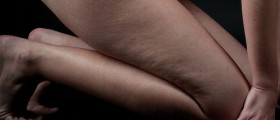

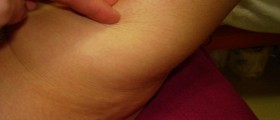
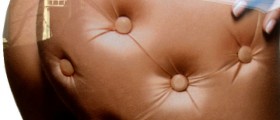



_f_280x120.jpg)
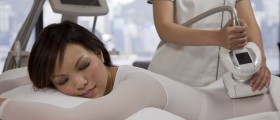




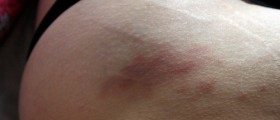

Your thoughts on this
Loading...